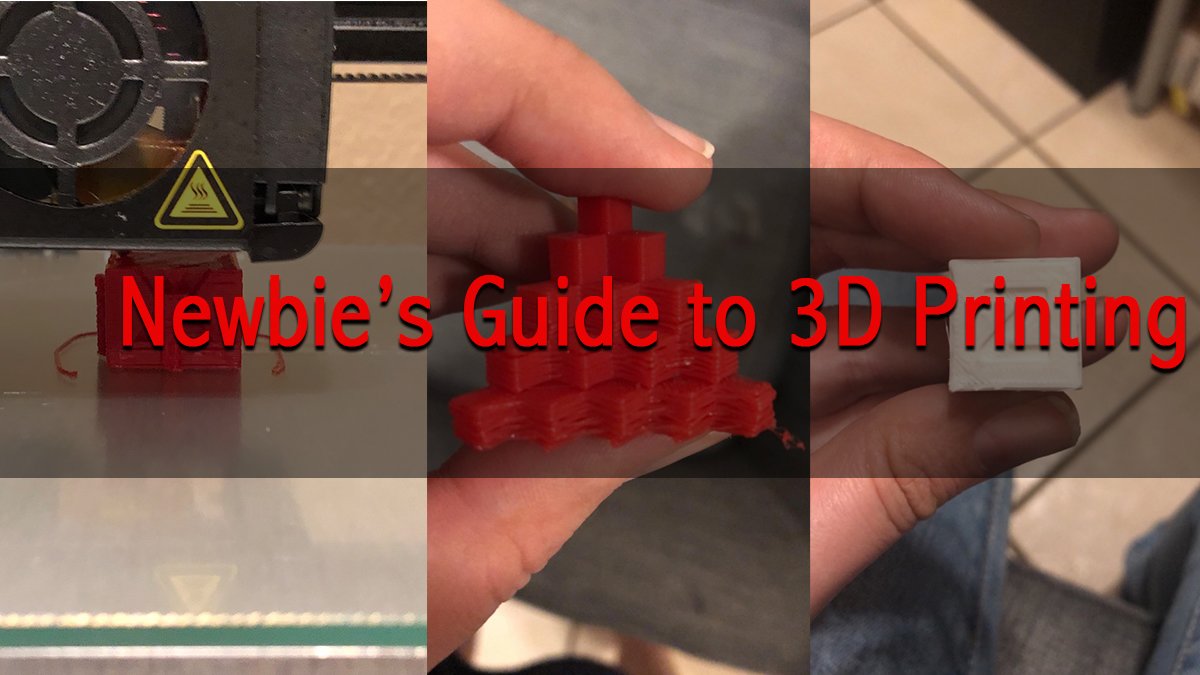The same thing that keeps Earth in orbit around the Sun can help us detect black holes: gravity. And that’s just how astronomers using the European Southern Observatory’s Very Large Telescope found a small black hole in the Large Magellanic Cloud, a next door neighbor galaxy to our own. It’s the first time this detection method has been successful in finding a black hole outside our galaxy.
NGC 1850 is a globular cluster in the Large Magellanic Cloud, about 160,000 light years away, which has made news before. The Hubble Space Telescope first took a picture of it in 1999. Scientists realized this cluster is actually a double cluster. The main, larger cluster is made of stars about 100 million years old, and the small cluster to the side of it (bottom right in the image) has stars only about 4 million years old, burning extremely hot and blue. Astronomers believe the gas around the cluster (show in red) was formed when massive stars in the main cluster exploded into supernovae.

A team of scientists lead by Sara Saracino from the Astrophysics Research Institute of Liverpool John Moores University in the UK has been looking at this particular cluster in search of what are called “stellar-mass black holes,” which are small black holes that are relatively close in mass to a star. Because they are close in mass to stars, they can be detected by observations of slight differences in the stars around them. A massive object has gravitational effects on objects around it, causing them to move and distort in ways that show an attraction to the large mass. In truth, all objects have this effect, but with smaller things, the effects aren’t noticeable. With things the size of stars, however, the effects can be large. It is this effect that causes the planets in our solar system to orbit the Sun—the Sun’s mass created a gravity well that keeps the planets circling it rather than just traveling off into space. This method has been used to detect binary star systems. Often, stars in binary systems (two stars that orbit each other) are so close we can’t tell them apart. But we can tell if they “wobble” and distort in a way that suggests movement due to gravity. Saracino’s team is using this same method to detect the presence of small black holes that are interacting with neighboring stars. A black hole has never been found outside our galaxy using this method, called dynamical detection, until now.
“Similar to Sherlock Holmes tracking down a criminal gang from their missteps, we are looking at every single star in this cluster with a magnifying glass in one hand trying to find some evidence for the presence of black holes but without seeing them directly,” team lead Sara Saracino says.
Previously, black holes in other galaxies have been found by the detection of X-ray bursts that occur as they suck up other matter, or by gravitational waves that occur when black holes collide with other black holes or neutron stars. But this isn’t how most black holes in our own galaxy are discovered.
“The vast majority can only be unveiled dynamically,” says team member Stefan Dreizler of the University of Gottingen in Germany. “When they form a system with a star, they will affect its motion in a subtle but detectable way, so we can find them with sophisticated instruments.”
In this case, the instruments include the Multi Unit Spectroscopic Explorer (MUSE) which is mounted on the Very Large Telescope in northern Chile. Saracino’s team looked at years of data collected by this equipment.
“MUSE allowed us to observe very crowded areas, like the innermost regions of star clusters, analyzing the light of of every single star in the vicinity. The net result is information about thousands of stars in one shot, at least ten times more than with any other instrument,” says MUSE expert Sebastian Kamann.
MUSE helped the scientists on Saracino’s team to observe the odd motions of a star about five times the mass of the Sun, which suggested it was interacting with a black hole. Using the University of Warsaw’s Optical Gravitational Lensing Experiment as well as imagery from the Hubble Space Telescope, the team was able to make measurements that confirmed this star was indeed in a system with a black hole eleven times the mass of the Sun, the first outside our galaxy to have been found via dynamical detection.

“The result shown here represents just one of the wanted criminals,” says Saracino, “but when you have found one, you are well on the way to discovering many others, in different clusters.”
Because this black hole is so young, its behavior can shed light on how black holes form and evolve. Studying them can also give us more information on gravitational waves and their origins as well. With the operation of the Extremely Large Telescope in Chile, set to begin later this decade, astronomers will be able to see further in to the universe than ever before. This will allow them to study even more globular clusters, including their black holes, outside our galaxy. With this and other new tech that is being developed, solving more mysteries about black holes will soon be elementary, dear Watson.




